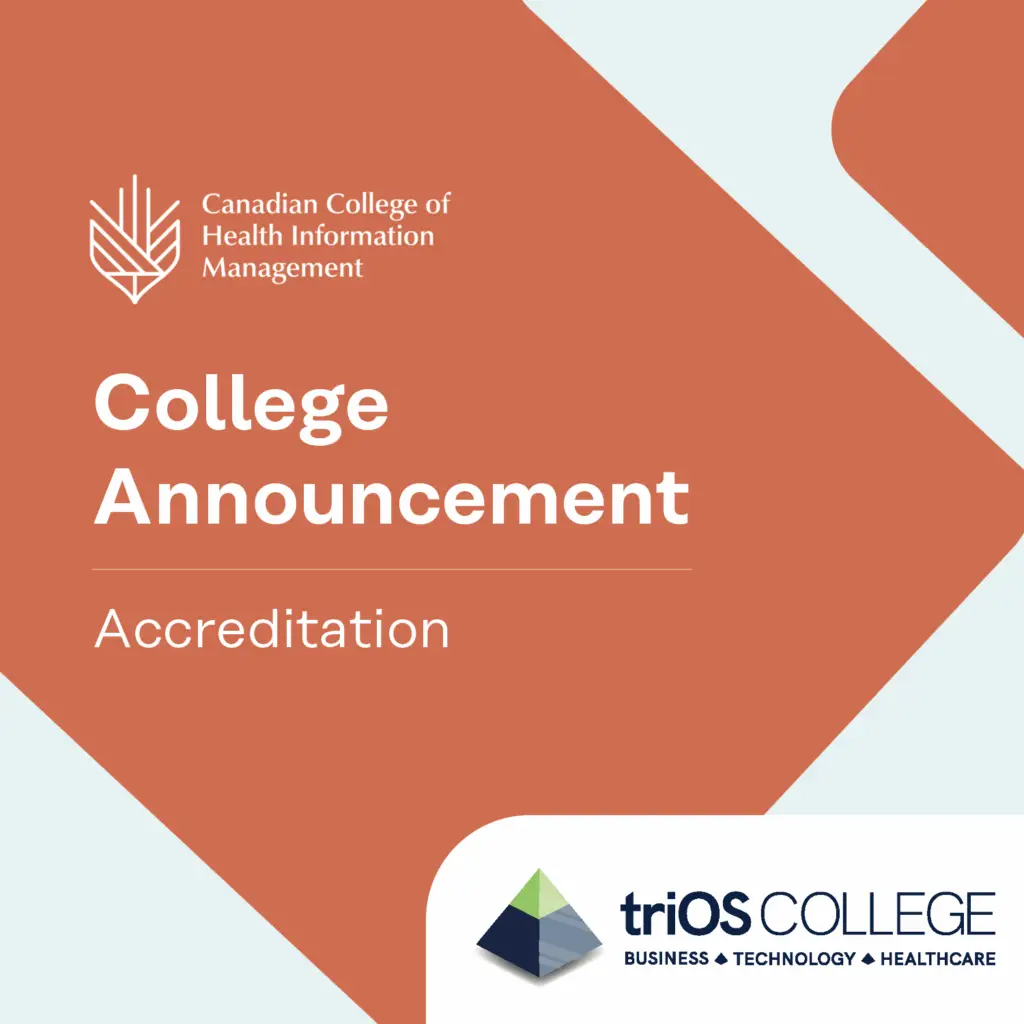Trista Vivian, CHIM, is one of the very few people certified in health information at Eastern Health in the Avalon Region of Newfoundland. Though she’s based at Carbonear General Hospital, she’s the site lead for three other hospitals in the area, as well.
She wasn’t always in such a small, niche setting. Trista initially started her career as a coder in St. John’s, where she was part of a team of more than 50 health information management (HIM) professionals. There, she was able to gain significant experience, including working on a data mining project and later in release of information (ROI). It was her coding background and ROI experience that was key to securing her current position: Health Records Technician IID (Health Information Services Supervisor).
Being part of a smaller team has been incredibly valuable for Trista. It means that she’s involved in a lot of high-level project work that may not traditionally fall within the scope of HIM. “Where I am in rural Avalon, we get called on more, we’re exposed to more, we’re involved in more—and it helps us expand knowledge of our profession,” Trista shares. There’s also a huge capacity to learn. When she first moved to the area, she held workshops with various stakeholders to teach them what she learned during her time working in a larger centre. And close relationships with physicians and lots of collaboration among coworkers help further continuous learning.
But working in a rural area definitely presents challenges, too. “The biggest challenge is that virtually nobody knows what we do,” she says. “Our chief of staff, Dr. Peggy Tuttle, has done a marvelous job of bringing people up to speed on what our department can offer and what our skillset is.” Trista also feels that being in a small area has drawbacks in terms of being able to expand one’s education base. She has done a lot of work on her own time, as there simply isn’t the capacity in smaller centres.
Though Trista is excited by the new opportunities coming forward for HIM professionals—such as being able to teach doctors how to improve their documentation standards—she feels that the profession must be publicized more or risk being “left by the wayside.” Particularly in Newfoundland, where there are no formal schools for health information, Trista emphasizes the importance of educating younger generations about the profession. “People just don’t know,” she says. Current health information professionals must be willing to share knowledge and expertise, offer to preceptor for those who are interested in completing an HIM program, and constantly promote the profession to keep it moving forward.



